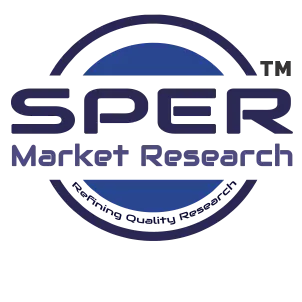Monomaterial packaging refers to packaging made entirely from a single type of material, such as polyethylene (PE), polypropylene (PP), or polyethylene terephthalate (PET), rather than combining multiple materials. This design simplifies recycling, as the packaging does not need to be separated into different components during waste processing. It supports circular economy initiatives by enabling higher-quality recycled output and reducing plastic waste. Monomaterial packaging is increasingly adopted across food, beverage, pharmaceutical, and personal care industries due to growing consumer demand for sustainable solutions, stricter government regulations, and advancements in coating and barrier technologies that improve performance and product shelf life.
Drivers:
The growth of the monomaterial packaging market is driven by rising sustainability concerns, stricter regulations, and advancements in recycling technologies. Increasing consumer preference for recyclable packaging, coupled with Extended Producer Responsibility (EPR) mandates and bans on single-use plastics, is encouraging brands to adopt eco-friendly solutions. Expanding e-commerce is further boosting demand for adaptable recyclable packaging. Leading companies like Unilever, Nestlé, and P&G continue investing to meet sustainability goals, while optimized recycling methods and local material sourcing support cost efficiency. Additionally, innovations in coatings, processing, and mechanical and chemical recycling enhance performance and recyclability, making monomaterial packaging central to circular economy initiatives.
Challenges:
The monomaterial packaging market faces several challenges despite its growth potential. High initial investment costs for advanced materials, coatings, and processing technologies can deter smaller manufacturers. Achieving the same barrier and performance properties as multi-material packaging is often difficult, especially for food and beverage products requiring moisture, oxygen, or light protection. Limited recycling infrastructure in certain regions and inconsistencies in collection systems hinder effective circularity. Additionally, fluctuations in raw material prices and regulatory compliance complexities pose further obstacles, making widespread adoption and cost-efficient production a continuing challenge for the industry.
Market Trends:
The monomaterial packaging market is witnessing strong trends toward sustainability and circular economy adoption. Growing consumer preference for recyclable and eco-friendly packaging is driving innovation in polyethylene (PE), polypropylene (PP), and PET-based solutions. E-commerce expansion is increasing demand for versatile, durable, and lightweight packaging. Companies are investing in high-barrier films, recyclable pouches, and food-safe monomaterial designs to enhance product protection and shelf life. Additionally, advancements in mechanical and chemical recycling technologies are supporting higher-quality recycled output, reinforcing monomaterial packaging as a sustainable, long-term solution across industries.
Global Market Key Players:
Amcor Plc, Berry Global Group, Mondi Group, Sealed Air Corporation, Sonoco Products Company, Constantia Flexibles, ProAmpac, Borouge, Smurfit Kappa Group, TOPPAN Inc.
Global Monomaterial Packaging Market Segmentation:
By Type: Based on the Type, Global Monomaterial Packaging Market is segmented as; Polyethylene (PE), Polypropylene (PP), Polyethylene Terephthalate (PET), Polylactic Acid (PLA), Polyvinyl Chloride (PVC)}
By End-use: Based on the End-use, Global Monomaterial Packaging Market is segmented as; Food & Beverage, Pharmaceuticals & Healthcare, Cosmetics & Personal Care, Household & Industrial Chemicals, Others
By Region: This research also includes data for North America, Latin America, Asia-Pacific, Europe and Middle East & Africa.
This study also encompasses various drivers and restraining factors of this market for the forecast period. Various growth opportunities are also discussed in the report.






















